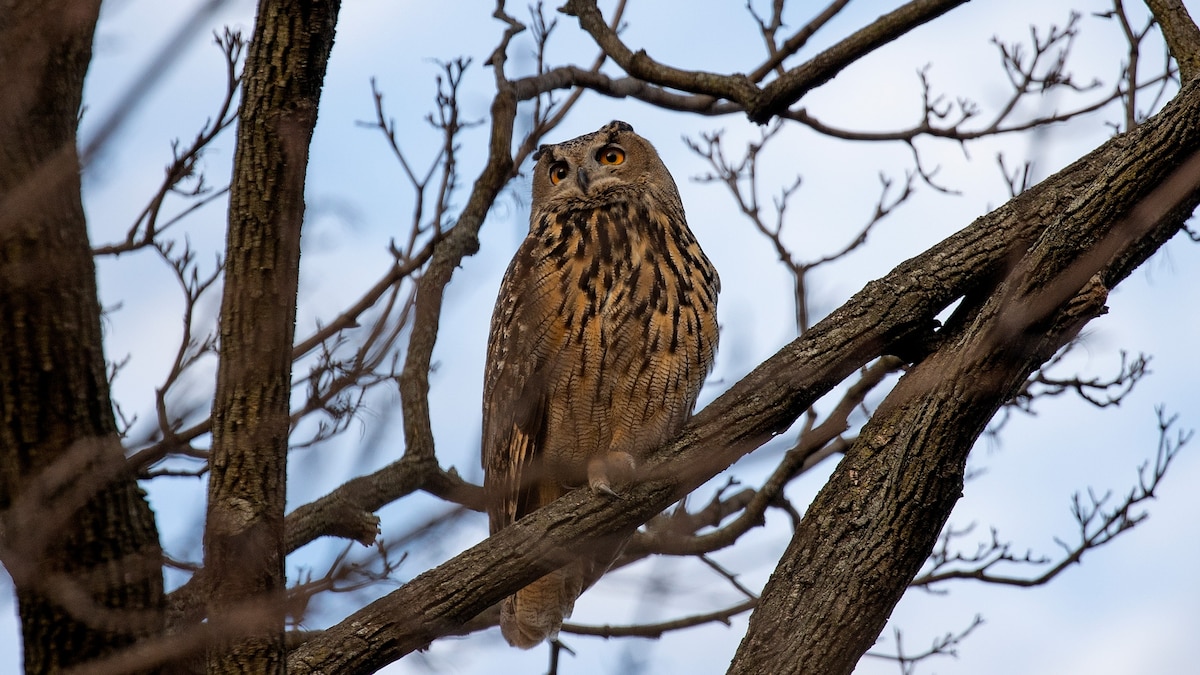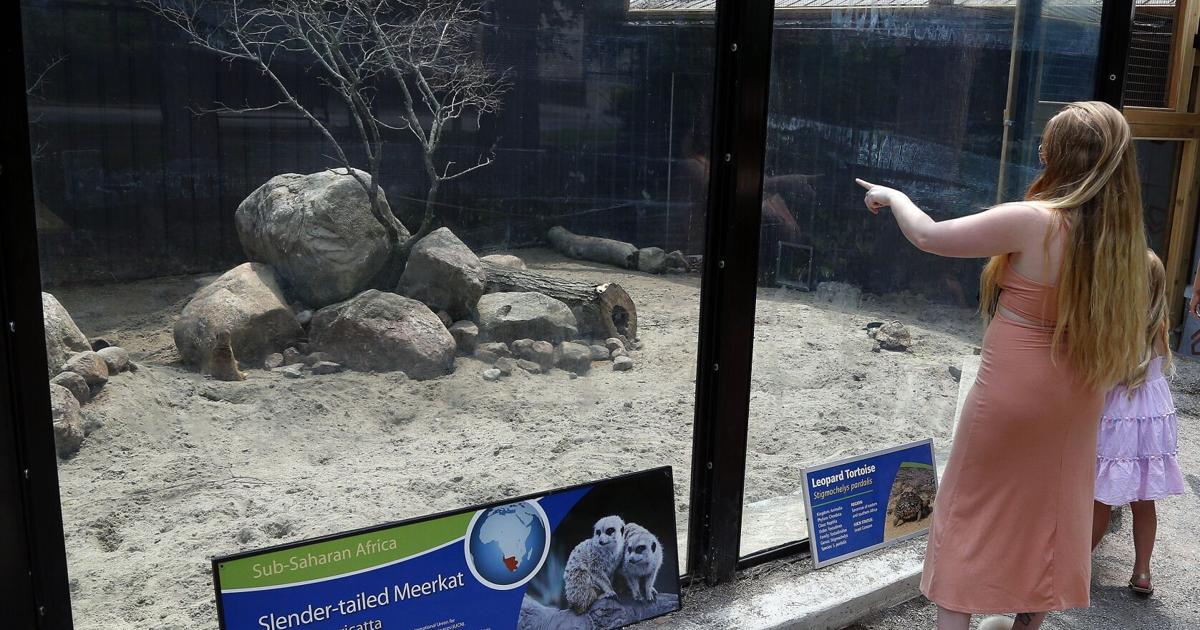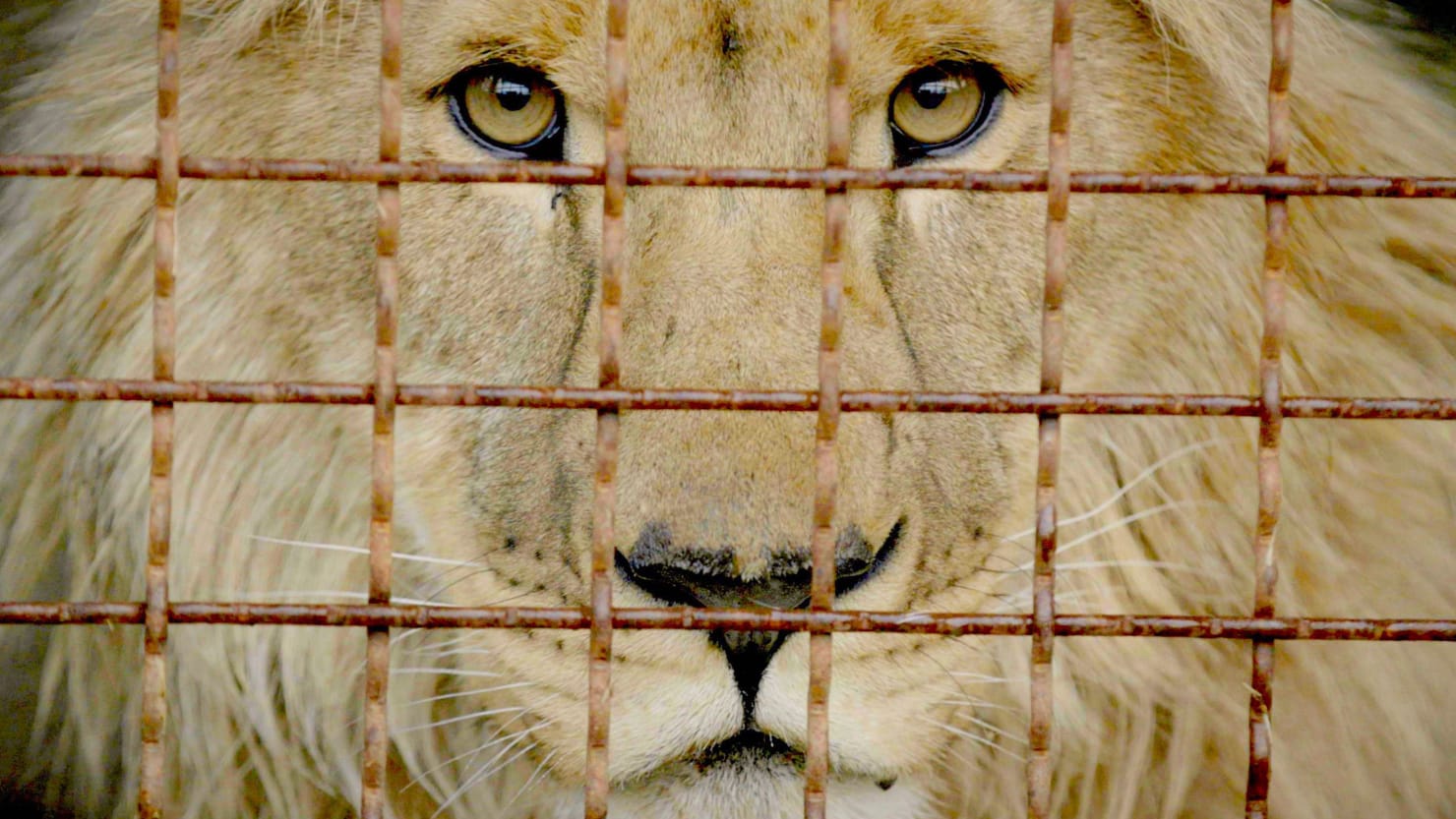How a zoo break-in changed the life of an owl called Flaco

Table of Contents
It was 8:30 on a Thursday evening when Central Park Zoo staff noticed that Flaco, a majestic Eurasian eagle owl with tufted black ears and striking orange eyes, had gone missing. The steel mesh on his enclosure had been cut and his exhibit vandalized. He was gone.
The crime earlier this month marked the fourth zoo break-in of 2023, with incidents also under investigation at the Dallas Zoo, Houston Zoo, and Zoosiana in Broussard, Louisiana—all involving cuts to the animals’ enclosures. But Flaco’s escape on February 2 and subsequent monitoring of his successes in the wild has led to a surprising decision by the Central Park Zoo: Flaco will continue to take wing beyond the zoo’s walls, at least for now.
Leaving an escaped animal purposefully in the wild is “unprecedented in my experience,” says Dan Ashe, president and CEO of the Association of Zoos and Aquariums.
With any capture, he says, “there’s always a risk that the bird could be harmed—they’d have to bait it and net it.” And “the Central Park Zoo is weighing the dangers of capturing him—and hats off to them—they’re clearly interested in his well-being and taking a very measured response,” he says.
Flaco hasn’t ventured very far from the zoo, which makes tracking him easier. He was initially spotted by members of the public and New York Police Department on the sidewalk and in trees by the zoo, but in the days that followed his escape the large owl settled in Central Park, a 840-acre green expanse in New York City. Zoo staff tried to capture him with food lures and recordings of eagle owl calls, but Flaco eschewed the bait, instead adeptly navigating the park and supping on the park’s many rats.
Displaying those skills allowed officials to feel comfortable leaving the animal in the park, much to the delight of local birdwatchers who have documented the animal’s movements.
“We are going to continue monitoring Flaco and his activities and to be prepared to resume recovery efforts if he shows any sign of difficulty or distress,” the zoo said in a statement on February 17. The animal had previously only lived in captivity.
Though the decision to leave Flaco in the wild is unique, other zoo animals have escaped and remained at-large in the past. At the Dallas Zoo in 2021, a pied crow named Onyx flew off campus during training for a show. The zoo followed up on tips and possible sightings for months, but the crow was never recovered, according to a zoo spokesperson.
And at the Virginia Zoo in 2017, a 19-month-old red panda—an endangered species— escaped and was never found. Famously, Smithsonian’s National Zoo’s red panda, Rusty, also escaped from his enclosure in 2013, but after a brief stint wandering a nearby neighborhood in Washington, D.C. he was caught and returned.
Dangers in the park
Zoos routinely release animals that they’ve rehabilitated into the wild, including manatees and sea turtles, and they breed animals for release, as they’ve done with black-footed ferrets and Mexican wolves.
But Flaco, unlike some zoo animals, is a rare candidate for remaining outside the zoo: He doesn’t pose a risk to public safety, he’s shown he can hunt on his own, and he’s not an endangered species.
Yet there’s more to surviving in Central Park than finding food, Ashe cautions. The Eurasian eagle owl isn’t native to United States—and he may need to defend himself from other animals, such as owls, raptors, or crows, he notes.
“Owls are subject to frequent harassment from other animals—ones which might be especially territorial as the nesting season comes up,” Ashe says.
Other risks to the animal may include car strikes, accidental poisonings, or electrocution from overhead wires, which are also some of the owl’s top threats in its natural range in Europe, Asia, and northern Africa.
Neither the AZA nor its European equivalent, the European Association of Zoos and Aquaria, keep statistics on zoo escapes or animal thefts. But both groups require that zoos run security drills to prepare for such incidents as part of their accreditation requirements.
Concern over recent crimes
Though Flaco wasn’t hurt during the break-in, the crime remains deeply concerning, Ashe says. It’s a “deliberate criminal act, which jeopardizes the safety of the bird and is still under investigation by the NYPD,” according to a statement from the Central Park Zoo, which declined interview requests for this story.
The motivations for both this event and the spate of recent zoo crimes remains unknown. Though there’s no evidence they’re all connected, Broussard Police Department Chief Vance Olivier, whose team is investigating the Zoosiana incident, told National Geographic that police “haven’t ruled it out altogether.” His department has arrested one suspect for the January theft of 12 squirrel monkeys, though the animals haven’t been recovered.
Animals taken from zoos are sometimes trafficked into the exotic pet trade or kept as pets. Many also cannot survive without the care, food, and shelter they’re accustomed to at zoos.
Zoos will learn from these recent crimes, Ashe says, but there are only so many steps facilities can take to protect against targeted attacks.
“There’s always going to be a balance,” he says, “between providing an accessible, open, enjoyable environment both for the animals and the guests and to maintain a facility that’s secure.”







